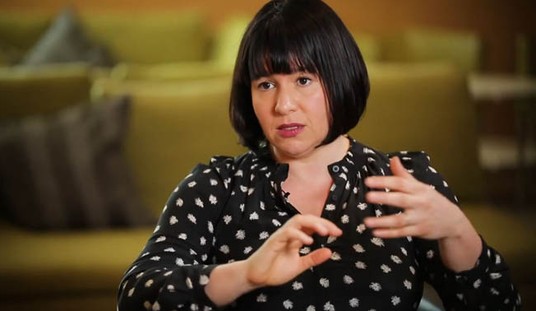Even a well-known Eeyore like me is skeptical that things will get this bad. But if you look at the case counts this week and remember that Omicron’s doubling time is something like two to three days, it’s not hard to imagine a scenario in which half the country ends up sick at the same time. Watch a few minutes, then read on.
What kind of numbers are we currently looking at? Ah, well…

Tuesday’s total of 380,000 cases shattered the previous record from January of this year. Yesterday’s total of 488,000 shattered Tuesday’s record. Any guesses as to what today’s total will do?
The daily case average isn’t doubling every two or three days (yet). According to the NYT’s data, it took us eight days to go from 150,000 per day to the 300,000 we’re currently averaging. But that raises a question: How well does the number of daily cases capture the true number of infections that are occurring? It may be that infections are doubling every 48 hours and our rickety testing capabilities are falling further and further behind. In fact, as the country has shifted from lab tests to less accurate but more convenient rapid tests, it’s a cinch that we’re missing a gigantic number of positives in the official data.
There is no comprehensive data on how many rapid tests are used every day, but experts say it is most likely far higher than the number of polymerase chain reaction, or P.C.R., tests, which are completed in a lab and require more time to deliver results, which are reported publicly as aggregate totals.
At least one at-home test company has implemented a system to report results directly to the health authorities. And some local health departments have set up systems for people to report results from rapid at-home tests. But with such a voluntary system, it is possible that millions of tests per day are going unreported, estimates Mara Aspinall, an expert in biomedical diagnostics at Arizona State University who is also on the board of directors of OraSure, which makes rapid Covid tests…
“With the situation we’re in for with something as aggressive as Omicron, testing, isolation and contact tracing become much less relevant,” Dr. Guernsey said. “At some point, the sort of constant drumbeat of understanding that there’s a lot of Covid out there — it doesn’t help us understand things that much more.”
Assume one million people are infected today. If the doubling time for Omicron really is every two days, we’d have 128 million people — more than a third of the U.S. population — infected in just two weeks. That’s what Osterholm is imagining. Not that Americans are suddenly keeling over after infection by the new variant, which seems to cause truly severe illness only very rarely, but that a huge share of cops, firefighters, teachers, health-care personnel, and other workers on whom basic social stability depends are going to go down with flu-like symptoms for a few days next month. Omicron has been cracked up to be a “bad cold” by some naysayers, and no doubt it is for many. But probably a dozen people whom I follow on social media have reported being infected over the past week and practically all of them say they had two or three truly miserable days where they needed to rest. For many, working their job during their bout with the virus the way one might do with a cold won’t be an option.
Which explains this incongruity, I think:
Maybe someday @CDCgov and other gov't leaders who are currently saying testing won't help can explain why 4 days prior to the new shortened isolation guidelines they issued guidance for healthcare workers *with a negative test result* pic.twitter.com/m2IkuhCA2w
— Eric Topol (@EricTopol) December 30, 2021
As the CDC absorbed the scale of the problem, they seem to have had a “holy sh*t” moment where they realized that asking local government and businesses to keep workers home until they test negative just ain’t gonna work. There’ll be too many infections and too few tests. Dr. Doom’s nightmare scenario in which hospitals are operating at, say, 50 percent capacity because most doctors and nurses are being forced to isolate even though they might feel well enough to work seems plausible given the freakish speed with which Omicron is spreading. So the public health brain trust huddled and came up with a new wink-wink rule in which the infected can get back on the job by day six so long as their symptoms are “resolving.”
If we really do reach a crisis stage in which something like half of local cops are off the job because even a five-day quarantine rule has sidelined many, I suspect agencies and businesses will scrap the CDC guidance altogether and ask the infected to come back to work as soon as they feel well enough, whatever their infection status may be. That’s why I’m skeptical that Osterholm’s prediction will bear out: We’re going to keep everyday life operating but only because many essential workers who are obviously sick with COVID will be asked to power through it. And then, once the country’s past that, hopefully we’ll finally be done with the “pandemic” stage of this virus.








Join the conversation as a VIP Member